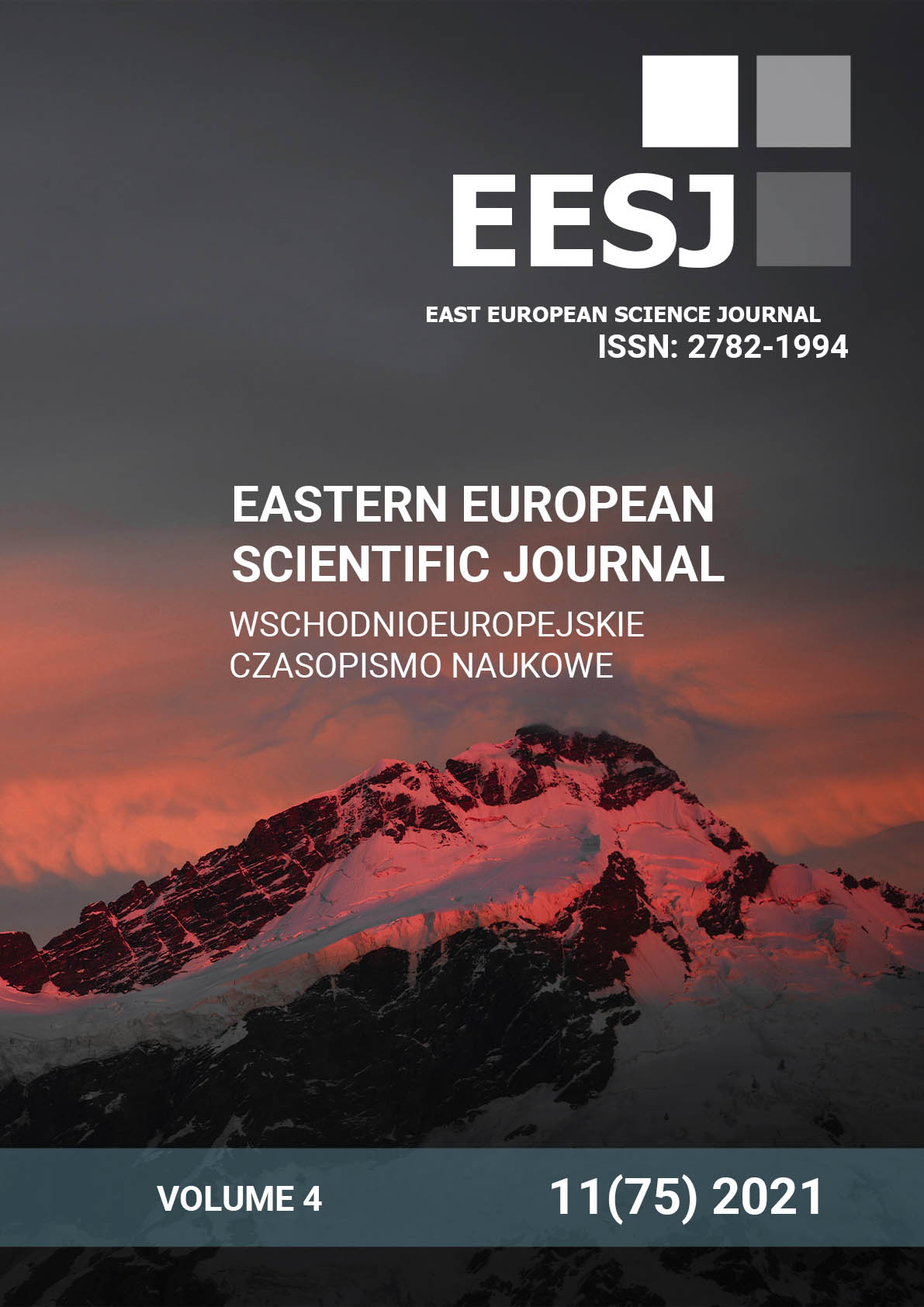ETIOLOGY AND PATHOGENESIS OF THE CONGENITAL PNEUMONIA IN NEWBORNS (LITERATURE REVIEW - PART 1)
DOI:
https://doi.org/10.31618/ESSA.2782-1994.2021.4.75.177Keywords:
premature newborns, intrauterine pneumonia, etiopathogenesisAbstract
This article focuses on the incidence of intrauterine pneumonia among newborns, with an emphasis on premature babies. So, at the beginning of the 21st century, there is a clear trend in all countries to an increase in the number of births of premature patients. Among the variety of intrauterine infections in premature infants, intrauterine pneumonia deserves close attention. The article presents the main risk factors for preterm birth. The modern views on the etiology of intrauterine pneumonia in newborn infants are presented in detail. The main causative agents of this pathological process are given. The causes of lung lesions in newborns, especially premature babies, are indicated. Clear parallels are drawn between low gestational age and newborn’s body weight with the consequences of previous hypoxia (acute and / or chronic), as well as with the emergence and rate of development of intrauterine infection and its influence on the formation and development of the fetal immune system. The combined effect of unfavorable factors subsequently leads to the manifestation of pronounced immunosuppression in the newborn and creates the preconditions for the generalization of the pathological process.
References
Abramyan R.A. Analysis of the structure of preterm labor and associated perinatal losses (20062010) / R.A. Abramyan, V.F. Grigoryan // Neonatology, surgery and perinatal medicine. - 2011. - Vol. 1, No. 1. - pp. 26-29.
Avramenko I. Yu. Dynamics of nitrite anion and endothelin-1 in congenital heart defects accompanied by pulmonary hypertension / / Perinatology and pediatrics. – 2009. – № 2 (38). – P. 37-39.
Al Aboud Mazen Heiro. Detection of infectious and inflammatory diseases in the early neonatal period: abstract of the dissertation for the degree of candidate of science. Medical Sciences: spec. 14.01.10 "Pediatrics" / Heiro Al Aboud Mazen. Odessa, 2008, 19 p. (in Russian).
Abramova I. V., Kuznetsova V. A. Biochemical indicators of blood in premature newborns with intrauterine infection// Clinical laboratory diagnostics. 2008, No. 9, pp. 7a-7.
Avramenko I. Yu. The role of endothelial dysfunction in congenital heart defects in young children: abstract of the dissertation for the degree of candidate of science. 14.01.10 "Pediatrics" / I. Yu. Avramenko. Lviv, 2008, 22 p. (in Russian).
Avdeeva M. G., Lebedev V. V., Shubich M. G. Molecular mechanisms of infection process development // Clinical laboratory diagnostics. 2007, No. 4, pp. 15-22.
Zagashtokova A. Kh., Kushnareva M. V., Efimov M. S. Activity of the elastase-inhibitory system in infectious and non-infectious lung pathology in premature babies with extremely low body mass [etc.] // Questions of gynecology, obstetrics and perinatology. 2009, No. 6, pp. 58-61.
Smiyan I. S., Pavlishin G. A., Stetsenko V. V. Analysis of birth and survival indicators of children with extremely low body weight [etc.] // The materials of the I-th Congress of neonatologists of Ukraine, October 24-25, 2007 – Odessa, 2007. – pp. 102-103.
Cherkasova T. M., Remneva O. V., Nesterov Yu. N. Obstetric and perinatal factors of the risk of East European Scientific Journal #11(75), 2021 25 formation of intrauterine pneumonias [etc.] //Russian pediatric journal. 2008, No. 3, pp. 11-14.
Abaev Yu. K. Inflammatory diseases of newborns / Yu. K. Abaev. Rostov N / A: Feniks publ., 2007, 256 p. (in Russian).
Antonov A. G., Badyuk E. E., Tilkidzhi Yu. Homeostasis of the newborn (physical and chemical indicators) - L.: Meditsina, 1984. – 184 P.
Aryaev M. L. Neonatology / M. L. Aryaev. Kiev: ADEF-Ukraine, 2003, 756 p. (in Russian).
Gerasimov I. G., Zaitsev I. A., Kotelnitsky M. N. The analysis of spinal fluid tensiograms using a kinetic model [etc] //Bulletin of experimental biology and medicine. – 2004. – № 5. – pp. 597-600.
Downloads
Published
Issue
Section
License

This work is licensed under a Creative Commons Attribution-NoDerivatives 4.0 International License.
CC BY-ND
A work licensed in this way allows the following:
1. The freedom to use and perform the work: The licensee must be allowed to make any use, private or public, of the work.
2. The freedom to study the work and apply the information: The licensee must be allowed to examine the work and to use the knowledge gained from the work in any way. The license may not, for example, restrict "reverse engineering."
2. The freedom to redistribute copies: Copies may be sold, swapped or given away for free, in the same form as the original.




